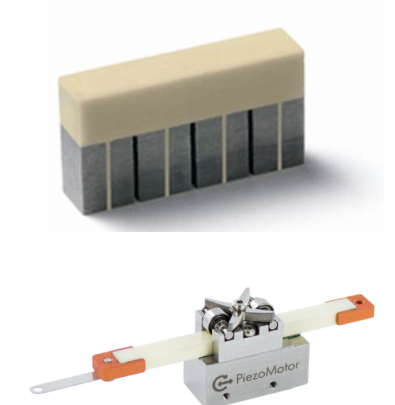

Piezoelectricity can be used for a range of piezoelectric applications such as inkjet printing and the detection and production of sound. The piezoelectric effect is used in sensing applications, such as in force or displacement sensors. These behaviors were labeled the piezoelectric effect and the inverse piezoelectric effect, respectively, from the Greek word piezein, meaning to press or squeeze.Īlthough the magnitudes of piezoelectric voltages, movements, or forces are small, and often require amplification (a typical disc of piezoelectric ceramic will increase or decrease in thickness by only a small fraction of a millimeter, for example) piezoelectric materials have been adapted to an impressive range of applications. Subsequently, the converse of this relationship was confirmed: if one of these voltage-generating crystals was exposed to an electric field it lengthened or shortened according to the polarity of the field, and in proportion to the strength of the field. Consequently, it will have a negative charge on one face and a positive charge on the opposing face. For example, when a crystal’s charge balance is impacted by 10 percent, it generates electricity. Due to the force that’s applied, the material’s charge balance changes.

As such, the force needs to be applied with the utmost care. What’s key to understand is that the energy applied to a material can be a knock, squeeze, tap or other force that impacts the material but doesn’t fracture it. Tension and compression generated voltages of opposite polarity, and in proportion to the applied force. In 1880, French physicists Jacques and Pierre Curie - who appeared to be brothers- discovered an unusual characteristic of certain crystalline minerals: when subjected to a mechanical force, the piezoelectric crystals became electrically polarized. The resulting effect is a type of electricity produced because of pressure and/or latent heat - otherwise known as piezoelectricity. Literally translated, “piezoelectricity” refers to electricity that’s the result of the application of latent heat and pressure.ĭue to the application of mechanical stresses, an electric charge can build up in a number of solid materials, including select ceramics, crystals and some biological materials like DNA, bone and certain proteins. The term “piezoelectricity” has its roots in the Greek words for “press” and “amber” - which historically has been used as a source of electricity.


 0 kommentar(er)
0 kommentar(er)
